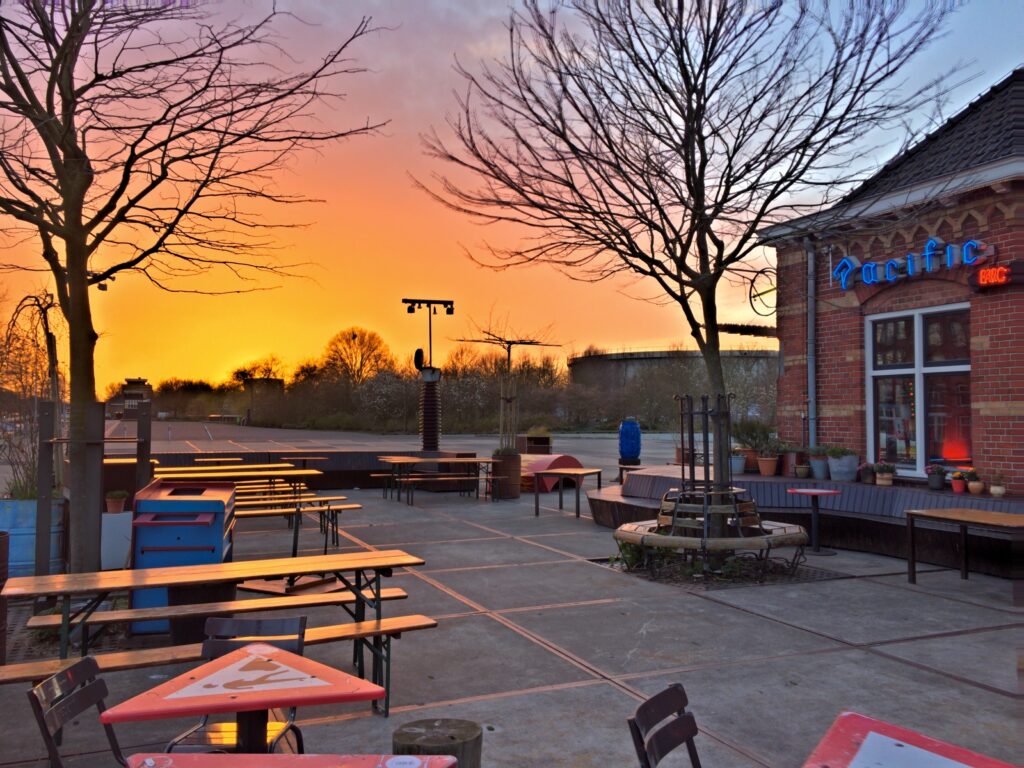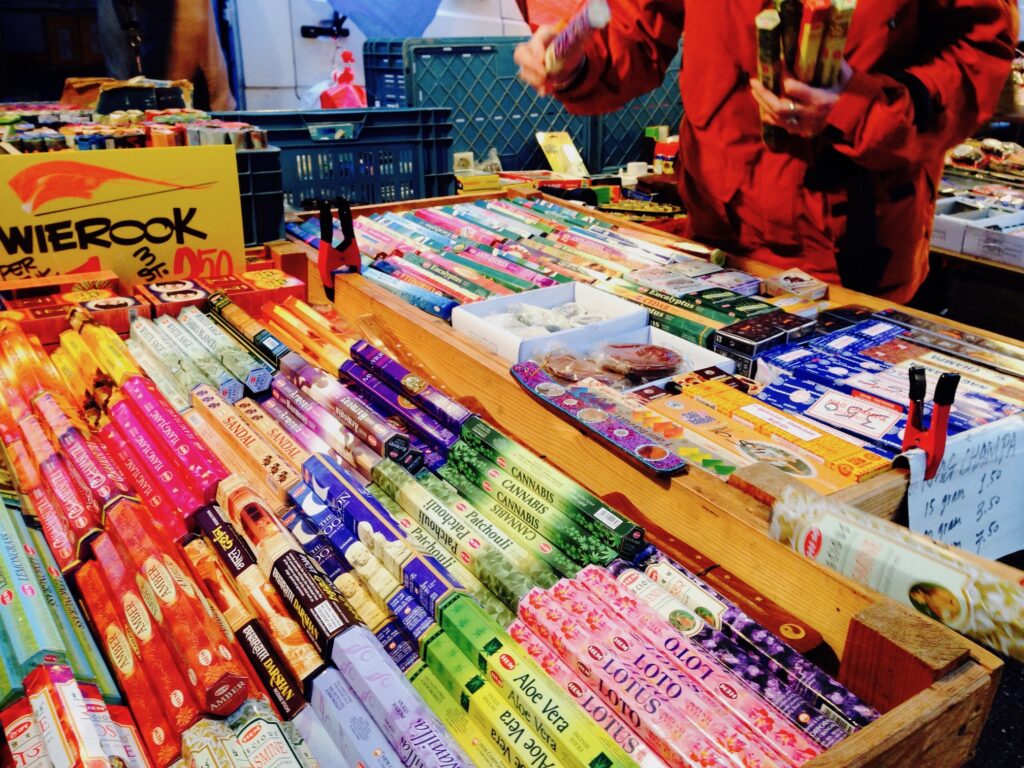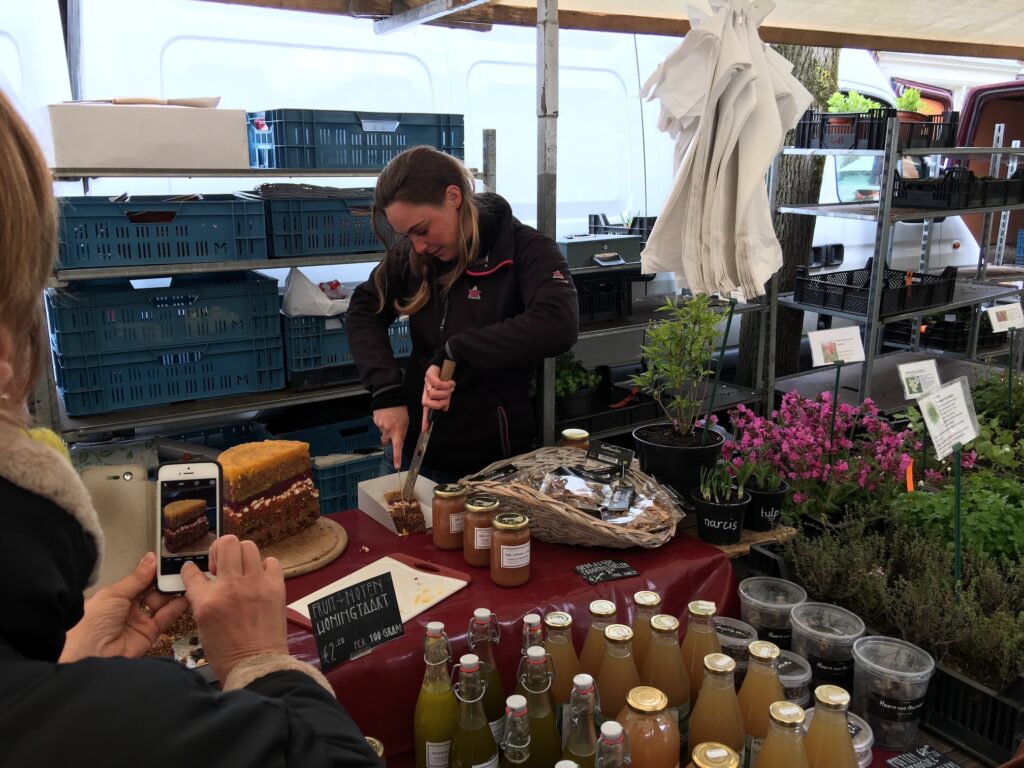I was just reading an editorial about how shopping preferences for nearly everything have shifted to online, and yet, it is not profitable for companies to deliver purchases, even if they add a hefty surcharge on top of the final bill.
For a lot of cutting-edge technophiles, this trend has been a long time coming. We’re used to finding wonderful deals, especially on technology gadgets online. The fact that physical retail was great for immediate gratification, while online brought you the best prices and selection has been long established.
This has not held true for perishable grocery purchases, though. While almost all chains in the country offer home delivery, it is often not free or has a terribly long delivery time. Some busy people have used these services to save time or even as much as a motivator to get healthy by buying less food.
Things changed when the Coronavirus struck. Suddenly, everyone was being told to minimize contact as much as possible, and so online ordering really took off. A lot of startups even came up to address this new market to deliver groceries. What was a non-revenue generating experimental business for a lot of grocery chains was now driving a lot of business.
It is an odd situation, though — people have much more time to do their shopping and yet here they are sitting at home ordering produce to be delivered.
Fortunately, in most of Europe, weekly markets are a very prominent feature of most cities and even villages. In Amsterdam, where we live, there is a weekly organic food market every Wednesday and a much bigger market that brings in all kinds of entrepreneurs on Saturdays. When the pandemic first took hold, the city had to put in place various measures that meant that only very few stalls selling produce and flowers were allowed.
This has eased quite a bit now and business seems to be back to normal, except better. It appears that a lot more people are now actually interested in buying farm fresh produce and understanding where their food is coming from.
I love buying nuts, flowers, fruits, and produce at these markets. And now with the pandemic, our visits to the grocery store is limited to things like sparkling water or chocolates. A few entrepreneurs have even become friendly enough to exchange pleasantries while there is a long line of customers waiting for their turn. Before the pandemic, there were hardly any lines to buy produce at these markets as they generally tend to be more expensive than chains.
What started as an exercise in helping small entrepreneurs and becoming healthy has actually also led to people now understanding more about their food supply chain. Turns out that some vegetables and fruits don’t grow year-round!
If you’re close to one of these markets, support them, and make sure to pay in cash 🙂








 One of the best things about living in the Netherlands, and in the center of Amsterdam, in particular, is access to weekly street markets. In a city that is so saturated with grocery stores of all types (organic, raw, vegan, carnivore) and sizes, I find it impressive that the weekly street market remains one of the best places to procure good quality produce and handicrafts.
One of the best things about living in the Netherlands, and in the center of Amsterdam, in particular, is access to weekly street markets. In a city that is so saturated with grocery stores of all types (organic, raw, vegan, carnivore) and sizes, I find it impressive that the weekly street market remains one of the best places to procure good quality produce and handicrafts. The weekly markets afford a unique shopping and product experience that is hard to obtain while shopping online or at your favorite Main Street chain. We have come to make a lot of friends as we enjoy the wonderful waffles and sandwiches every weekend at the market downstairs.
The weekly markets afford a unique shopping and product experience that is hard to obtain while shopping online or at your favorite Main Street chain. We have come to make a lot of friends as we enjoy the wonderful waffles and sandwiches every weekend at the market downstairs. The neighborhood Westerpark also has a series of arts and fashion markets throughout the year, more so during the warmer summer months. During the colder times of the year, they usually have one market a month. While these markets are not so much product focussed, you often see a lot of entrepreneurs in niche areas selling things from wooden eyewear frames to custom keychains. As the Dutch would say – the markets are really gezellig.
The neighborhood Westerpark also has a series of arts and fashion markets throughout the year, more so during the warmer summer months. During the colder times of the year, they usually have one market a month. While these markets are not so much product focussed, you often see a lot of entrepreneurs in niche areas selling things from wooden eyewear frames to custom keychains. As the Dutch would say – the markets are really gezellig.